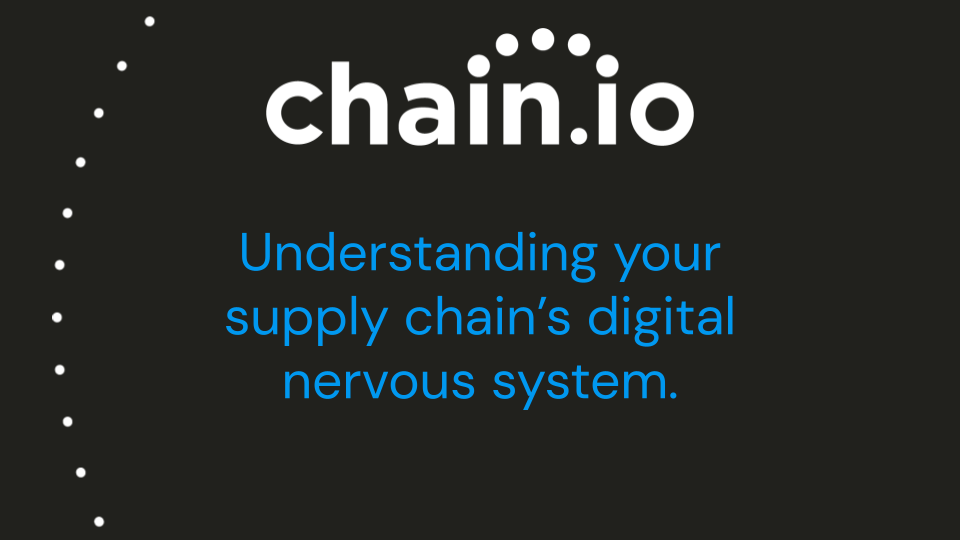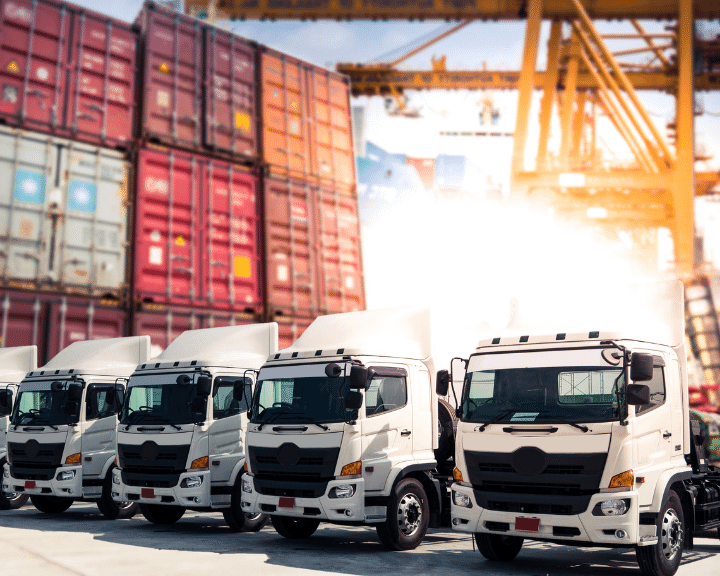As leaders look to build more sustainable, scalable, and functional supply chains, they must consider the underlying nervous system that supports their entire supply chain ecosystem.
- How does the organization’s data move?
- What connectivity is there between the internal systems and trading partners?
- What technology is being invested in to enable the company’s processes?
The first step toward achieving a supply chain that will work for your organization well into the future is understanding and mapping the flow of your supply chain.
Next, you must understand the audience you serve so you know what technology is the most valuable to invest in.
It’s More Than Moving Boxes
Every logistics service provider's supply chain nervous system is like a fingerprint - it is unique to their organization and a part of their organizational DNA. Knowing what your strengths and priorities are will help you make better decisions and investments.
When mapping the flow of your supply chain, remember that for each process you list, there may be ten sub-processes that are a part of just one step.
Each contributor to the supply chain ecosystem needs to understand that they are a part of an ecosystem, but they don’t need to understand the operations of the entire ecosystem. It’s important to define who needs to know what information before you invest in new systems so that your organization doesn’t waste resources on unnecessary integrations.
Watch the video on understanding your supply chain's digital nervous system.

Evaluate Differentiators and Commodities
Look at your company’s supply chain map and decide what you want to be good at.
Are you a low-cost or white-glove provider?
Do you focus on getting the best rate every time, or do you focus on providing a more holistic shipping approach with real-time data?
Regardless of what value you offer your customer, it is important to define the priorities of your organization so you can make focused business decisions.
You can’t be good at everything.
You must decide what you want to be good at, what you want to be average at, and what you don’t want to do at all before you invest.
For some larger companies, being good at everything may be important. Still, your tech investments will prove what is most valuable to your organization.
Align Investment With Business Value
Each company should think about digitization differently depending on their customer profile. Some of the most common profiles for logistics service providers are:
General Freight
General freight customers typically only want you to move general purpose containers from point A to point B.
They are often low margin, high volume, and very price sensitive. The online booking tools in the marketplace serve these customers well. The tools are focused on low friction in the quote-to-book process and provide basic visibility at a container level.
They aren't as strong in reporting on ongoing customer management, but excel at making it easy for your customer to buy from you.
If you're looking to move a lot of volume across a lot of customers, then this is the customer you're hunting for.

Managed Freight
Similar to general freight customers, but with more volume, managed freight customers want more reporting and comprehensive visibility at a shipment or commodity level.
They're more likely to give you all of their business so that they can get the unified reporting benefits. While they are still price sensitive, they're more likely to understand that saving $5 on a single shipment isn't worth giving up a comprehensive reporting tool.
Many of the built-in "tracker" websites that come with off-the-shelf freight systems are designed with this customer in mind.
If you are looking for a more stable customer base of small & mid-sized accounts and aren't chasing every spot shipment, then your energy is well spent here.

Order Management
Order management customers are often the holy grail of customers.
They want a true 3PL/4PL type service where you provide order-level visibility and reporting culminating in a true landed cost. These customers absolutely understand that price isn't everything and value long-term relationships.
Order management customers can vary in size, but usually have not invested in their own TMS. Once you've integrated this service into their business processes and IT systems, you become very, very sticky.
If you do things like quarterly business reviews and use terms like "partner" heavily, then this is your sweet spot.

Specialty
Project freight, perishables, pharmaceuticals, and other specialized industries have very unique needs.
They trust long-term partners with experience in their space. They are often willing to sacrifice a bit of digitization to work with people who are "on the inside" of their respective industry.
That being said, if there are multiple players in your segment, a strong digital tool may be your path to differentiating and prying some of these loyal customers from your competitors.
Unlike the other three customer profiles, where there is a wealth of off-the shelf capabilities, you may want to consider investing in a custom tool to serve specialty customers.
They've come to you for a specialized service, and they'll immediately sense if you're trying to cram them into a generic freight tool.
Integration Enables Modularization
If your business fits squarely into one of these categories, then you are in luck. You can eliminate many of the tools in the space and invest in the ones that fit best. If, like many providers, you're touching two or more categories, then you may need a hybrid approach. Perhaps purchase one generic tool to cover general and managed freight customers, while offering an up-sell for order management and specialty customers.
To accomplish one goal, like visibility, you must integrate all of your systems and ensure your nervous system is interconnected.
Chain.io makes this process fast and straightforward - rather than your IT department spending years on multiple integrations, we partner with your development team to connect all of your data in a much faster, more efficient way using canonical data integrations.
Know your own map. Know your priorities. Know how you will make all of your data communicate so that you can provide better experiences for all of your clients.
See what our customers say about us